Start with Red Square and the Kremlin to set the tone for your Moscow stay. The streets around this hub pulse with history, and you can walk a town-scale core that holds numerous landmarks. never miss the sense of victory and grandeur as you step into the heart of the city during the first hours of your trip.
These anchors form an integrated plan for a balanced visit. The Kremlin Armory und Saint Basil’s Cathedral are must-sees, and the GUM arcade adds a taste of 19th-century retail life. The station at Okhotny Ryad puts you on a loop of central sights, and you can stretch a day from morning tours to museums during the afternoon, and on thursdays late openings offer additional options.
For a broader view, head to Victory Park and the expansive soviet-era estates along the river. These estate blocks reveal how the city integrated monumental design with daily life, while the surrounding streets frame green spaces, markets, and cafés. The citys skyline combines neoclassical façades with modern blocks, offering viewpoints from hilltops and embankments.
These experiences go beyond monuments; they reveal Moscow’s rhythm. On thursdays, many museums stay open late, and markets along the streets bustle with locals and visitors. If you crave quiet corners, choose early morning slots and return for life in illuminated squares.
To tailor a city-wide itinerary, pick options from central to outer districts. The Arbat area offers a pedestrian-friendly estate of cafés, bookshops, and street artists; then move to Kolomenskoye Park for a wooden church and river views. These choices create an integrated plan that fits a few days, with station stops that connect museums, churches, and markets in just a few stops.
Count on numerous viewpoints to photograph Moscow from different angles, from the Moskva River’s reflections to gold domes above the streets. These spots are frequently used by locals and visitors alike, and the approach suits those who prefer options and a flexible pace, never rushing through sightlines but building a comfortable routine that reflects daily life.
Practical Moscow Itinerary: How to See the Sights and Extend Your Trip Across Borders
Plan 4–5 days in Moscow and add a 2–3 day cross-border extension by flight to a European city such as Helsinki or Tallinn. This approach keeps you focused on history and culture while offering a refreshing contrast.
-
Kremlin and Red Square – Begin at the Kremlin walls, explore the Armoury and Cathedral Square, and absorb the history reflected in the state buildings and tsars’ legacy. Move to St Basil’s Cathedral and other churches on the square, then stroll along Tverskaya Street to Gum. The combination of impressive towers, gold domes, and marble interiors makes this core circuit a quintessential start to your trip.
-
Tretyakov Gallery and riverside stroll – Explore galleries featuring Russian art from medieval icons to 19th‑century canvases, then cross the Moskva River to a recreational stretch at Gorky Park or a calm walk along the river embankment. This day highlights culture, history, and relaxing pauses between visits to monumental sites.
-
Arbat Street and Novodevichy – Wander the historic pedestrian lanes of Arbat, stopping for coffee near studios and shops. Then visit the Novodevichy Convent, a UNESCO‑listed site that pairs architectural beauty with somber history. Youll sense how streets connected noble estates, churches, and everyday life in eras past.
-
Metro architecture and further sites – Spend the afternoon exploring metro stations famed for their marble halls and decorative detailing. Cap the day with a quick overlook at a nearby kremlin‑adjacent park or a lakeside vantage point, adding a few more sites to your list and keeping travel logistics smooth for a next‑day departure.
Cross‑border extension options by flight
-
Helsinki, Finland – About a 1h40m flight from Moscow. In 2–3 days you can cover Senate Square, Helsinki Cathedral, and Market Square, then ride a short ferry to Suomenlinna for a glimpse of Baltic Sea landscape and fortress history. The Design District offers interesting contemporary architecture and cafes for a light, stylish finish to your holiday.
-
Tallinn, Estonia – Roughly a 1h15m flight. A 2–3 day visit fits the medieval Old Town, Toompea Castle, and Kadriorg Palace. Enjoy a compact itinerary of cobblestone streets and well‑preserved history, then sample Nordic‑Baltic cuisine near the harbor before you fly back.
Kremlin and Red Square: Plan the Route and Tickets in a Short Visit
Book Kremlin and Red Square tickets online at least 14 days ahead to guarantee a slot for a compact visit, and choose a morning time to enjoy the whole route with fewer crowds. current schedules vary by season, so double‑check the official site before you go and arrive early to breeze through security with your printed or mobile ticket.
Begin at the central gate near Alexander Garden and walk toward the Kremlin walls. The route runs between the grand structures built over centuries, where stone and granite elements frame a vividly layered history. Pause at viewpoints along the way and notice how the decorations on façades reflect different eras of government and church influence, then turn toward Cathedral Square to set up the main circuit.
Inside the Kremlin, the Assumption, Archangel, and Annunciation cathedrals anchor the historic core, while the Tsar Cannon and Tsar Bell sit in the surrounding yards. The whole complex looks monumental, with stage‑like spaces where centuries of history unfold in arches, carved icons, and gilded details. Crossing onto Red Square, Lenin’s Mausoleum provides a stark memorial contrast to Saint Basil’s Cathedral, whose lively, colorful domes beautifully punctuate the skyline. In warm months, concerts punctuate the square, adding a lively soundtrack to your walk between iconic sites.
Tickets come in several options: a Kremlin pass grants access to most interiors, while certain chambers require separate tickets. Open times differ by site, so plan a 2–3 hour block inside and reserve an extra hour for Red Square and nearby sights. If asked for travel documents, carry your passport and check whether you need a visa or an e‑visa based on your nationality; government rules change, and some travelers qualify for streamlined entry when visiting Russia for tourism.
Practical tips: take a short ride or metro between the Kremlin and Red Square as needed, but most of the route is walkable for a moderate pace. The exterior views around the central square are free to enjoy, including the nearby fountain and memorial walls where pushkin and pavel plaques occasionally appear in displays about Moscow’s culture. Look for the nearby stage locations and current announcements to catch a brief concert or a guided tour opened for visitors this season, and tailor your plan to fit a compact, efficient visit.
Armory Chamber Highlights: What to See and How to Skip the Lines
To book a timed online ticket, arrive 15 minutes early to secure entry and skip the longer queues.
The main room presents something extraordinary: the state regalia–crown, orb, sceptre–that serves as a vivid snapshot of social ceremony and power. The very polished cases highlight how these symbols shaped authority across centuries, and you’ll see coronation gowns, jeweled robes, and designs by master artisans.
The costumes section features items used in ceremonial performances; some pieces are named after particular events and rulers, with captions that reveal the story behind them. You’ll also see archival notes about convents and gifts to religious houses, and labels that connect to pushkin-era culture and sankt-peterburg, with the broader petersburg influence clearly named throughout the gallery. Captions mention pushkin as a cultural touchstone. Some pieces were worn by performers in court pageants.
As many visitors asked, book a combined ticket with the Diamond Fund on the official site to reduce lines and plan a compact route through the Armory.
On the way, stroll the gardens where basils perfume the air in warm months. Some displays sit near a restored carriage collection in a garage-like space, linking royal processions with practical mobility of the era. For visitors from krestovsky and from sankt-peterburg, the area helps place Moscow and petersburg on one map; while shopping along nearby streets, you can grab a quick coffee and a short book about Russian emperors before returning to the halls. Take a brief rest at a café before continuing.
These experiences become a bridge between Moscow’s imperial past and today’s urban life. The Armory highlights reveal how power, ritual, and fashion shaped public taste, and you leave with a clearer sense of how designers and craftspeople contributed to national identity.
Moscow Metro as a Sightseeing Tool: Best Lines, Stations, and Photo Stops
Start with the Circle Line to get a dense, photo-friendly view of Moscow’s historic stations and their grand foyers on the metro.
For a recreational plan, target three lines: Circle Line for centuries-old architecture, the Red and Green lines for iconic transfer hubs, and the Blue lines for elegant interiors and paintings that brighten evening shoots. The network covers hectares of space, so you can choose clusters for quick photo bursts and avoid long waits.
Three destinations for standout photo stops are: a central Circle Line interchange with symmetric arches and chandeliers, a station famous for 1930s paintings and mosaics, and a platform where bronze performers greet commuters at the exit; these halls once hosted grand parades and still radiate historic charm.
Photo stops shine at staircases bathed in natural light, in gilded murals, and in the glow of late-night station lights; shoot from street-level entrances to capture lively streets outside and the energy that spills between the tunnels and the outdoors.
Plan a 2–3 hour loop, check current maps for transfers, and use a reloadable card to speed up wait times; set aside a small fund for occasional card top-ups. Try to pick a season with mild weather to maximize outdoor shots and avoid glare inside stations. Be ready for a wait at peak times and plan alternative photo stops accordingly.
Since these stations span centuries of built design, the experience blends recreation with life on the move, and you may spot performers and buskers near busy entrances during tours and weekend evenings. If you’re visiting from abroad, check visa requirements before your trip.
To frame your visit, choose three destinations across central districts: the Circle Line cluster, a major transfer hub with iconic paintings, and a quieter station on a secondary line for intimate portraits.
Between streets and subterranean halls, the Moscow Metro invites a lively exploration that blends history with modern life in a compact, plan-friendly experience.
Neighborhood Walks: From Kitay-Gorod to Arbat and Tverskaya in One Day
Start at Kitay-Gorod station and walk toward Red Square to hit the must-see cluster of masterpieces: St. Basil’s Cathedral, the façade of GUM, and the ancient walls that framed Moscow’s first trades. The route stays at a comfortable centre pace, delivering discoveries in a compact size you can digest together.
From Red Square, trace the pedestrian lanes toward Okhotny Ryad and north along Tverskaya Street. In about 25–30 minutes you’ll pass a mix of government buildings, old mansions, and modern offices, with galleries and kiosks tucked into courtyards. Destinations along this stretch include the Theatre District and side streets where panels advertise exhibitions. The segment blends travel energy with culture and offers experiences that often surprise first-time visitors.
Turn west toward Arbat, where bohemian vibes linger in bookshops, street music, and tiny museums. Arbat Street and its side passages offer a dense knot of culture you feel every step of the way. You’ll see walls painted with murals, quiet courtyards, and kiosks selling crafts that appeal to every taste. Some cafés host free events on thursdays, turning a simple stroll into social experiences beyond the usual souvenirs–you’ll likely stay longer than planned.
Finish near Pushkinskaya or Chekhovskaya on Tverskaya, where evening light completes the loop. If you’re travelling together, this route becomes a natural circuit that covers must-see icons and local moments beyond the core sights. You won’t regret weaving in a quick detour to a krestovsky-inspired gallery or panel, a small reminder that art, architecture, and people shape Moscow’s centre of culture and travel experiences.
Two-Country Extension: Easy Rail or Flight Options from Moscow to Belarus or Finland
Direct flight from Moscow to Minsk is the fastest way to add Belarus to your Moscow itinerary. For Finland, the quickest option is a direct flight Moscow–Helsinki; if you prefer rail, pair Moscow with sankt-peterburg and ride the Allegro high-speed train to Helsinki for a scenic alternative. Using these options, you can switch gears in under two hours of flight or in under a day by rail, depending on connections.
In Belarus, the Moscow–Minsk flight takes around 1 hour 40 minutes; the direct night train spans roughly 7–9 hours and offers sleeper compartments. In Minsk you can stroll the central boulevards, feel the textures under your feet, admire breathtaking architecture, and spot icons and decorations on facades. A multi-day exploration lets you see the Old Town’s period squares and marvels of design, with a guided tour by andrei, a local architect who explains the role of preservation in the city’s central districts. The trip also presents opportunities to visit a stadium and other venues that showcase the city’s modern side. For rail lovers, the overnight option reduces stops and wait times, and there are special tours that pair museums with city landmarks around the central area. There are education-focused tours that feature hands-on experiences near former garage galleries, adding a unique dimension to your trip.
For Finland, direct Moscow–Helsinki flights run about 1 hour 50 minutes to 2 hours, with frequent departures. If you opt for rail, a two-stage route works smoothly: Moscow to sankt-peterburg in around 4 hours, then Allegro to Helsinki in about 2.5 hours. The full door-to-door time typically ranges 7–9 hours, depending on waits at transfers. Helsinki offers a vibrant design scene, central markets, and iconic landmarks such as the Senate Square and the Olympic Stadium. A strong education component awaits in design museums and architecture tours, with opportunities to visit the Design District and to learn how local architects shape contemporary spaces. Also, you’ll enjoy a mix of exotic coastal views, cultural hotspots, and seaside strolls on the Baltic coast. A million visitors annually sample these contrasts, from ancient cathedrals to modern galleries, making this two-country extension a perfect supplement to your Moscow trip.

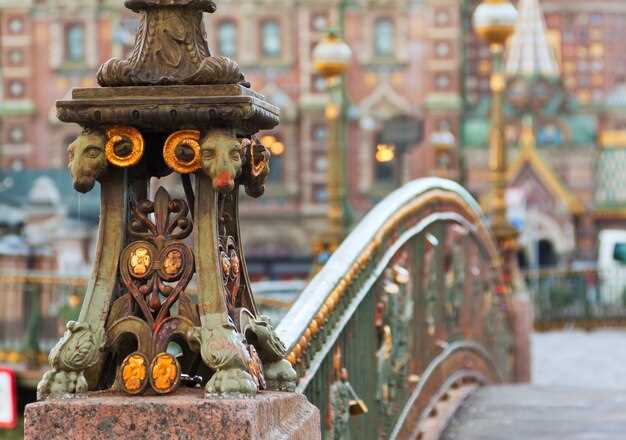 Places to Visit in Moscow – Top Attractions and Landmarks">
Places to Visit in Moscow – Top Attractions and Landmarks">
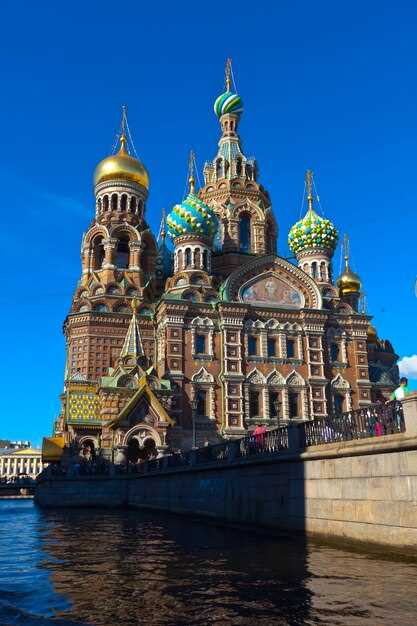
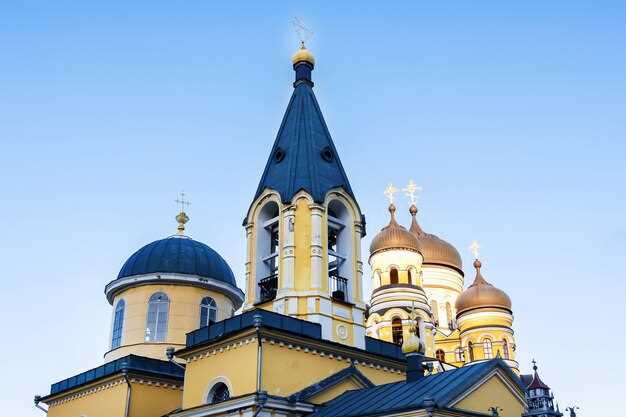 St Basil’s Cathedral Moscow – Tickets, Visiting Hours and Schedules">
St Basil’s Cathedral Moscow – Tickets, Visiting Hours and Schedules">
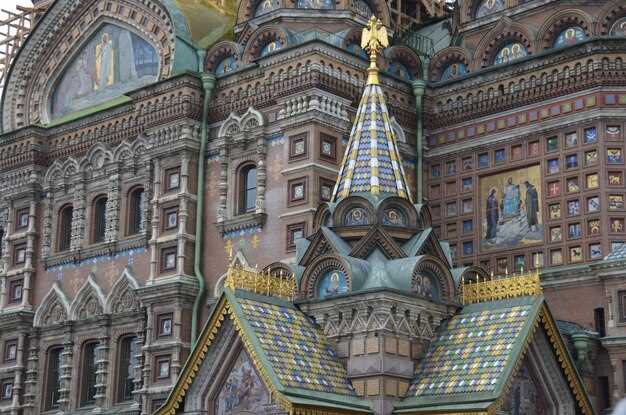 Things to Do and See in Moscow, Russia | Top Attractions & Travel Guide">
Things to Do and See in Moscow, Russia | Top Attractions & Travel Guide">
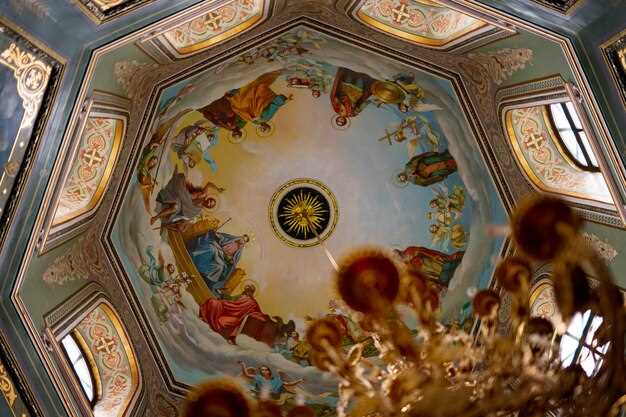 Moscow Museums – The Ultimate Guide to Moscow’s Top Art and History Museums">
Moscow Museums – The Ultimate Guide to Moscow’s Top Art and History Museums">
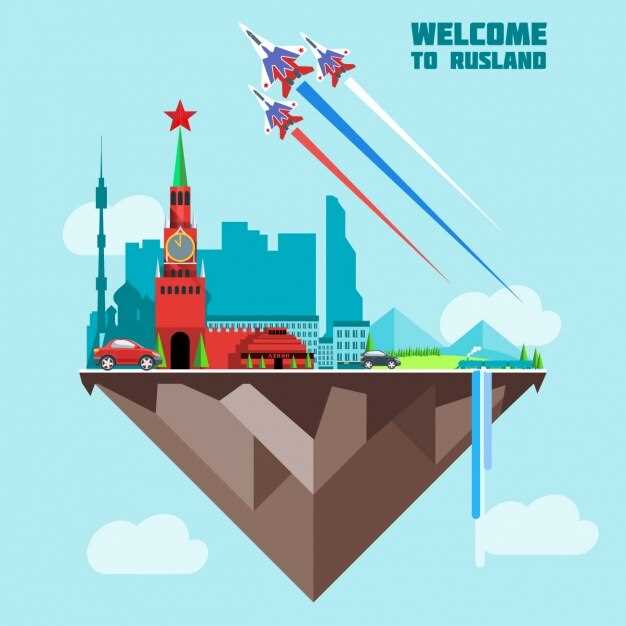 Exhibiting the Great Patriotic War in Moscow, Kyiv, and Minsk">
Exhibiting the Great Patriotic War in Moscow, Kyiv, and Minsk">
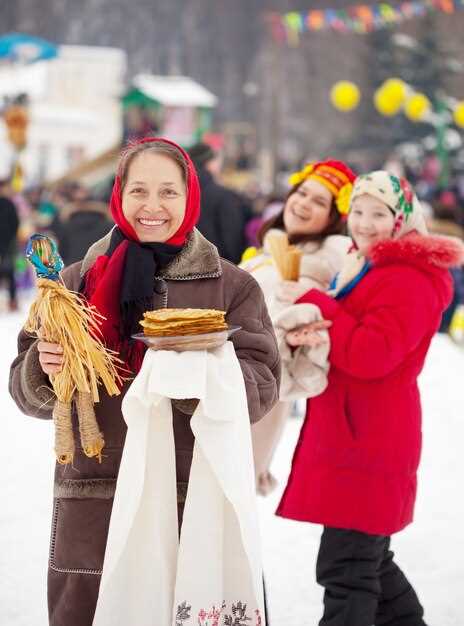 Public Holidays in Russia – A Complete Guide">
Public Holidays in Russia – A Complete Guide">
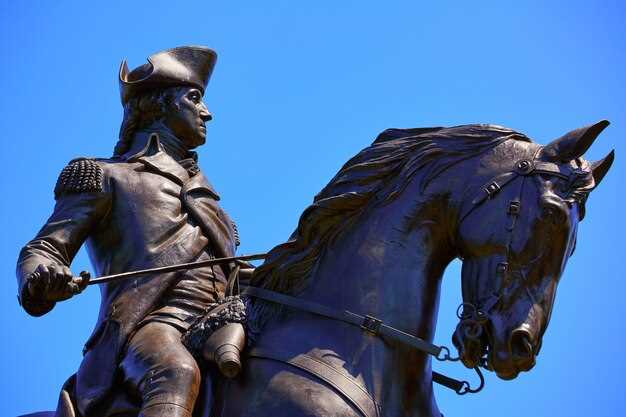 Bronze Horseman – 10 Facts About St Petersburg’s Leading Symbol">
Bronze Horseman – 10 Facts About St Petersburg’s Leading Symbol">
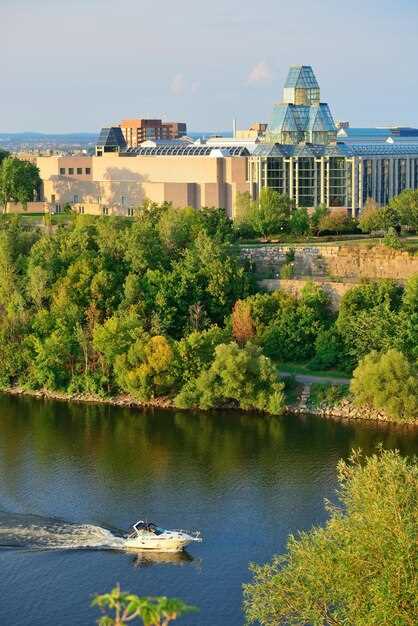 Victory Park – Moscow’s Most Historic Green Space">
Victory Park – Moscow’s Most Historic Green Space">
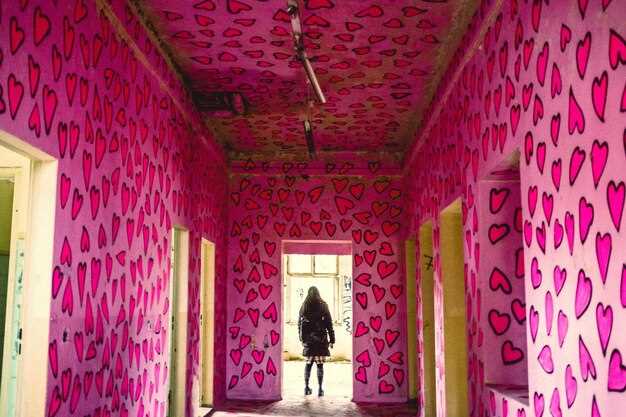 GUM Red-Line Gallery – All Works">
GUM Red-Line Gallery – All Works">
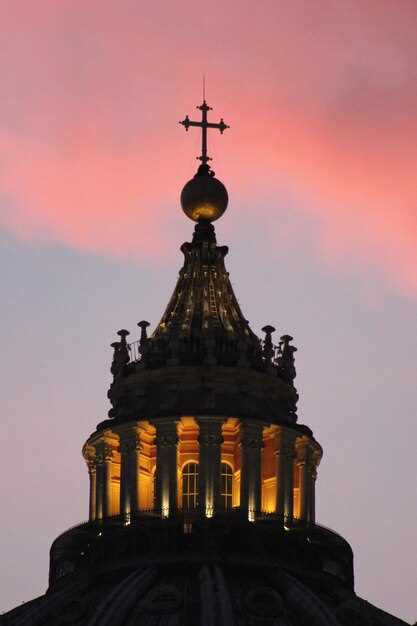 The Cathedral of Christ the Saviour of Moscow – You Will Not Believe Its Story">
The Cathedral of Christ the Saviour of Moscow – You Will Not Believe Its Story">
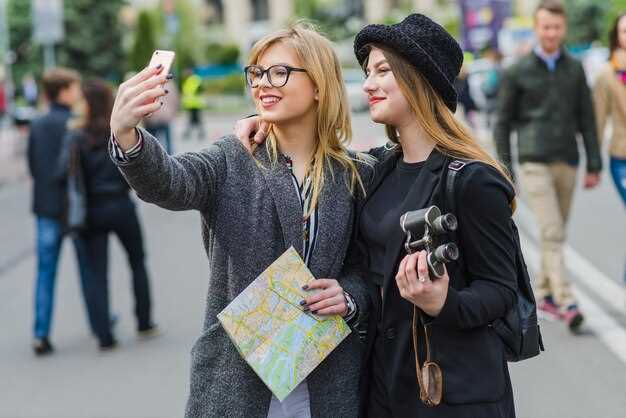 Top Places to Visit in Moscow – A Guide for First-Time Travellers">
Top Places to Visit in Moscow – A Guide for First-Time Travellers">